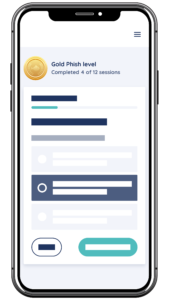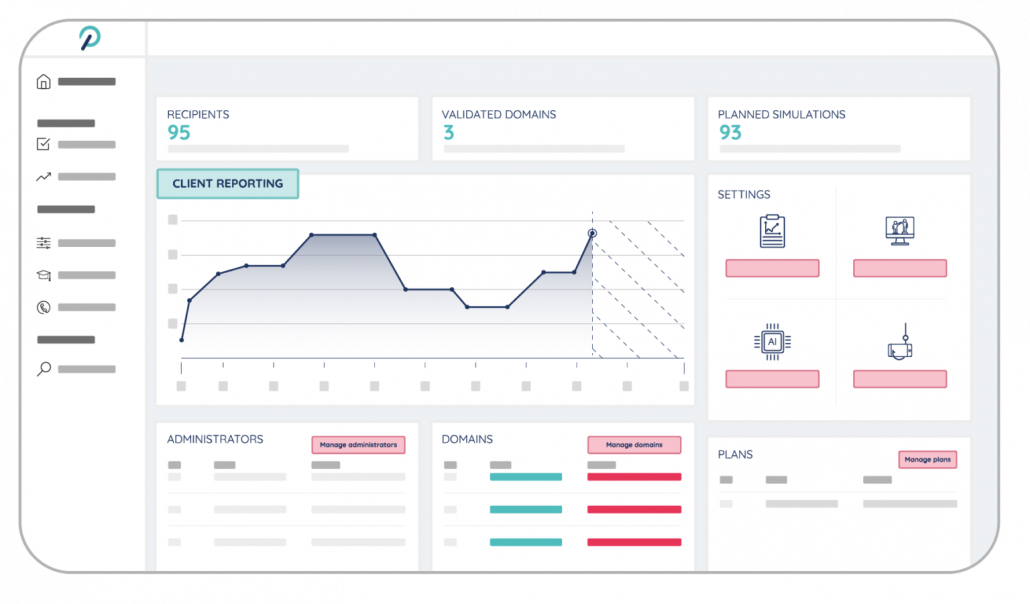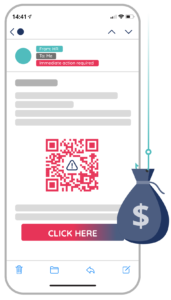Phishing Prevention Tips
Phishing occurs when fraudulent emails (or text messages) containing links to dangerous websites are sent by attackers. The websites may include malware (such as ransomware), which can harm systems and companies. Alternatively, sensitive information (such as passwords) or money may be solicited from users.
Organisations of all sizes and types may be targeted by phishing emails. In a mass campaign (where emails are sent indiscriminately to millions of inboxes), you might be ensnared, or it could be the initial step in a targeted attack on your firm or an individual employee. In these tailored ads, information about your workers or firm is leveraged by the attacker to make their statements more convincing and believable. This is commonly known as spear phishing.
The mitigations detailed in this guideline are primarily concerned with reducing the effect of phishing attacks within your company, although implementing these actions will assist in safeguarding the entire UK. For example, setting up DMARC prevents phishers from spoofing your domain (making their emails appear to come from your organisation). There are various benefits to doing this:
Recipients are more likely to receive genuine emails from your firm in their inboxes rather than having them marked as spam.
From a reputation standpoint, no organisation wants its brand associated with scams or fraud.
The more organisations use DMARC, the tougher it is for phishers to succeed.
Your employees automatically learn how to deal with any type of threat through a variety of snackable micro-learnings – Efficient and underpinned by neuroscience.
The AI-driven phishing simulations are based on the profile and knowledge of each individual recipient. This continuous knowledge testing creates an always-on mentality that puts into practice what employees learn in the Phished Academy.
- Deceptive phishing is the practice of sending a phoney email to a large number of people with a call to action requiring the recipient to click a link.
- DNS-based phishing refers to phishing that compromises the integrity of the domain name lookup process. Here are some examples of DNS-based phishing:
-
- Hosts file poisoning reports.
- Contaminating the user’s DNS cache
- Compromise the proxy server.
-
- Content-injection phishing is the insertion of harmful content into a genuine website. There are three basic forms of content-injection phishing:
-
- Hackers can compromise a server by exploiting a security flaw and replacing or augmenting genuine material with malware.
- A cross-site scripting flaw can let harmful material into a website.
- An SQL injection vulnerability may be used to do malicious operations on a website.
-
- Smishing is a variant on email-based phishing attacks. As consumers become increasingly overwhelmed by continuous emails and distrustful of spam, text messages have become a more appealing attack vector, capitalising on people’s more close contact with their phones. As a result, hackers are increasingly using smishing techniques.
- Spear phishing is a social engineering technique. It is a personalized phishing attack that targets a specific person, organization, or business. Cybercriminals using spear-phishing intend to steal secret information about an organization, such as login credentials, or install the malware in the organization.
- Whaling: In this type of phishing, attackers target senior executives of a company or other high-profile targets. The primary purpose of attackers is to convince a victim to transfer a huge amount of money or divulge some sensitive information.
- Vishing, also known as voice phishing, occurs when a hostile caller impersonates someone else, such as tech support or a government agency, in order to get personal information such as bank or credit card numbers. This is one of the most common forms of phishing, and it occurs often, misleading many individuals on a daily basis.
- Man-in-the-Middle attack: This sort of phishing attack employs an intruder between two parties. This third party or attacker attentively observes all transactions between the two parties and eavesdrops on them. These assaults are frequently carried out by installing public WiFi networks in coffee shops, shopping malls, and other public places. After joining the network, the intermediary steals information or installs malware on the devices of the other people involved.




